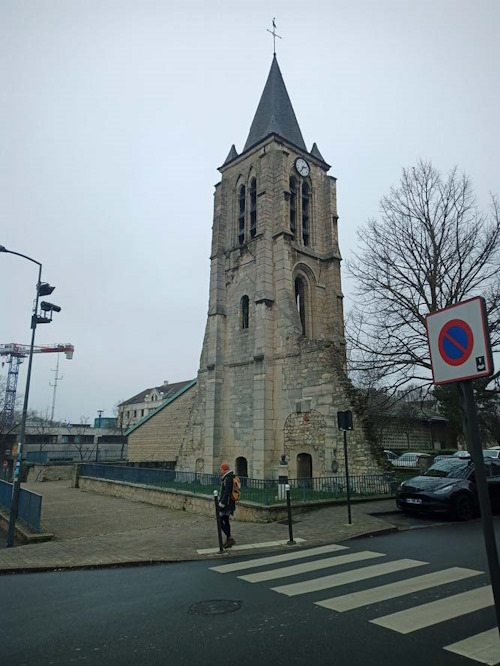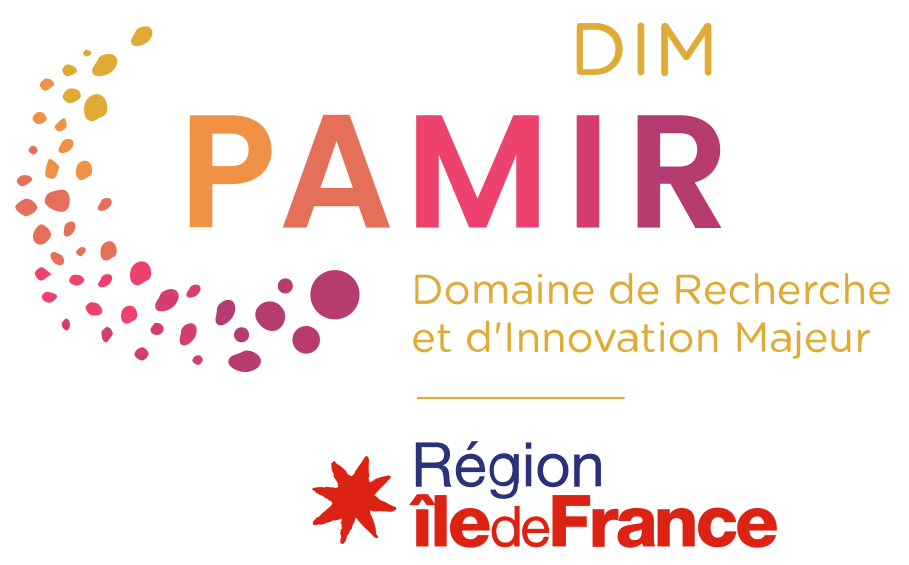
PRISM
Phase-based motion magnification for Real-time Inspection of Structural Movement of historical buildings
Scientific responsibility :
- Arnaud Montabert
Methodological axes :
Thematic fields :
Disciplinary sectors :
Partnership :
Funding :
- DIM PAMIR
Project ID : IDF-DIM-PAMIR-2024-9-012
Summary :
Developing non-destructive and non-invasive characterization methods is crucial to assess the integrity of old buildings, which are exposed to numerous risks (wind, earthquakes, and physicochemical degradation) without altering the original materials. Ambient noise methods based on the analysis of natural vibrations have demonstrated their relevance as they are non-invasive, non-destructive, and easy to deploy. However, these methods are based on structural accessibility, which may be lacking in some instances for reasons of use or vulnerability. Furthermore, interpreting these data can be complex, requiring analytical models and advanced algorithms to distinguish relevant signals from background noise.
On the other hand, video-based surveillance methods offer a unique property: each image pixel can be considered a virtual sensor, equivalent to having a very high sensor density. Moreover, data can be acquired remotely, enabling analysis of hard-to-reach, non-contact areas, thus guaranteeing their preservation. Post-processing methods based on signal phase magnification ([1]) have been proposed to magnify weak movements.
This internship aims to apply this magnification method to the modal characterization of a heritage building in two phases. Phase 1: A sensitivity study of the method (camera acquisition parameters, sampling frequency, etc.) will first be carried out on simple laboratory systems (beam, etc.). Phase 2: Characterizing the bell tower of the Church of Sainte-Marie-Madeleine in Massy will serve as a benchmark to compare the magnification method with those of modal identification under ambient noise.
On the other hand, video-based surveillance methods offer a unique property: each image pixel can be considered a virtual sensor, equivalent to having a very high sensor density. Moreover, data can be acquired remotely, enabling analysis of hard-to-reach, non-contact areas, thus guaranteeing their preservation. Post-processing methods based on signal phase magnification ([1]) have been proposed to magnify weak movements.
This internship aims to apply this magnification method to the modal characterization of a heritage building in two phases. Phase 1: A sensitivity study of the method (camera acquisition parameters, sampling frequency, etc.) will first be carried out on simple laboratory systems (beam, etc.). Phase 2: Characterizing the bell tower of the Church of Sainte-Marie-Madeleine in Massy will serve as a benchmark to compare the magnification method with those of modal identification under ambient noise.
[1] Neal Wadhwa, Michael Rubinstein, Fredo Durand, and William T Freeman. Phase-based video motion processing. ACM Transactions on Graphics (TOG), 32(4) :1–10, 2013.
Intern: Aloys Nzoumbe-Ekeng

